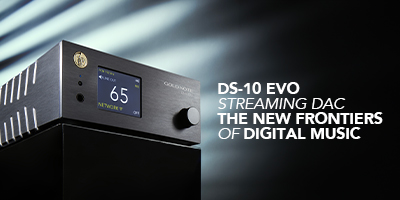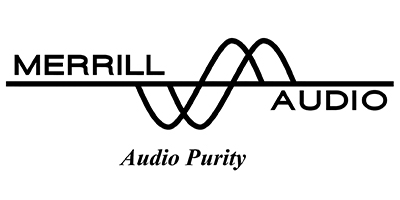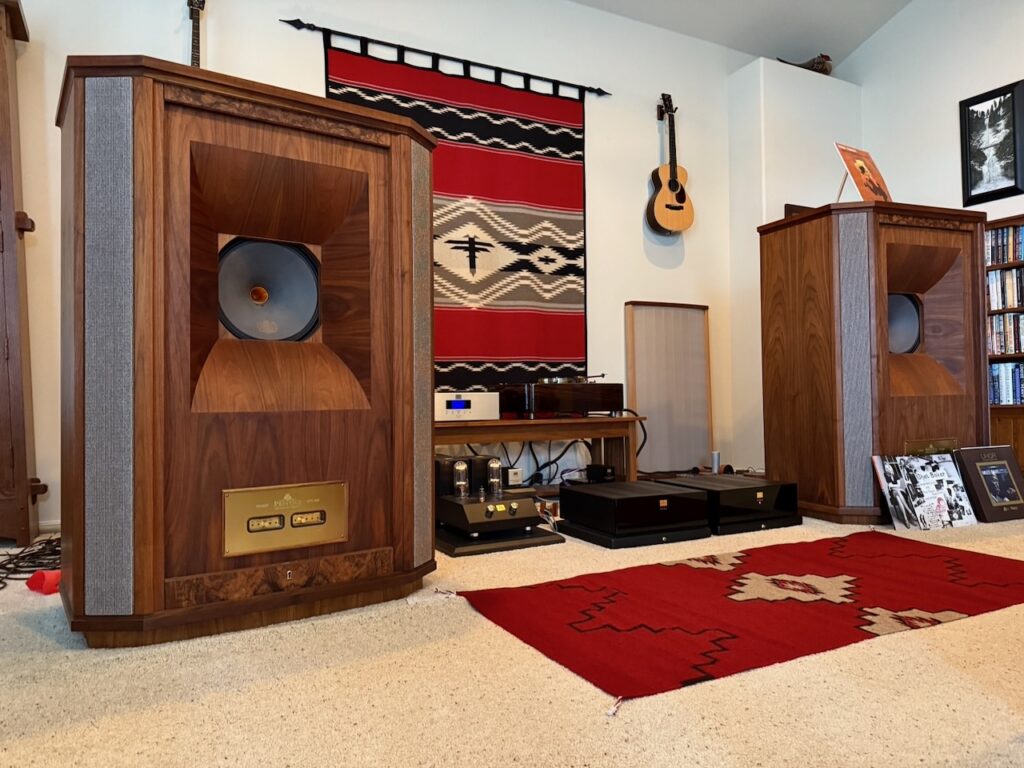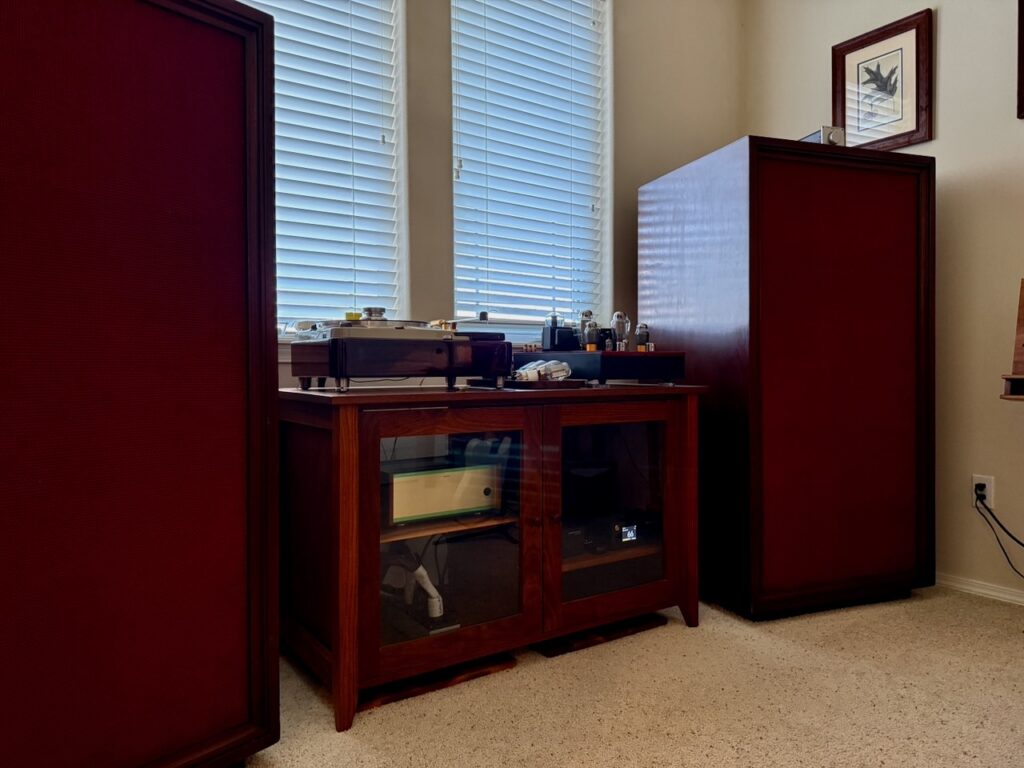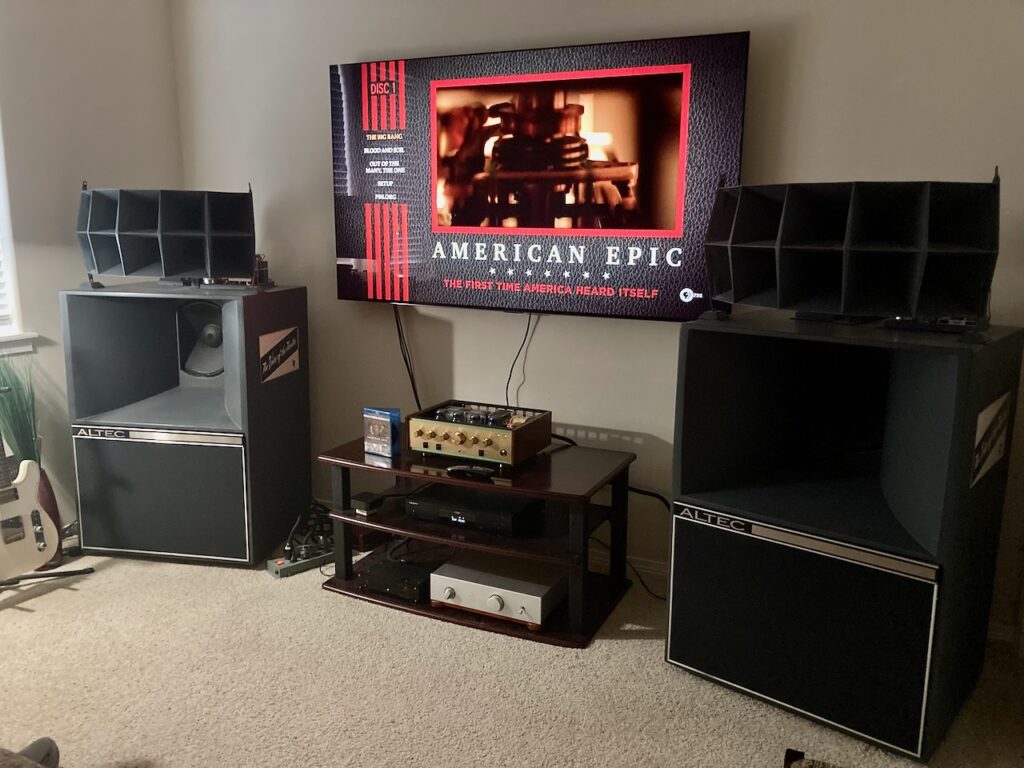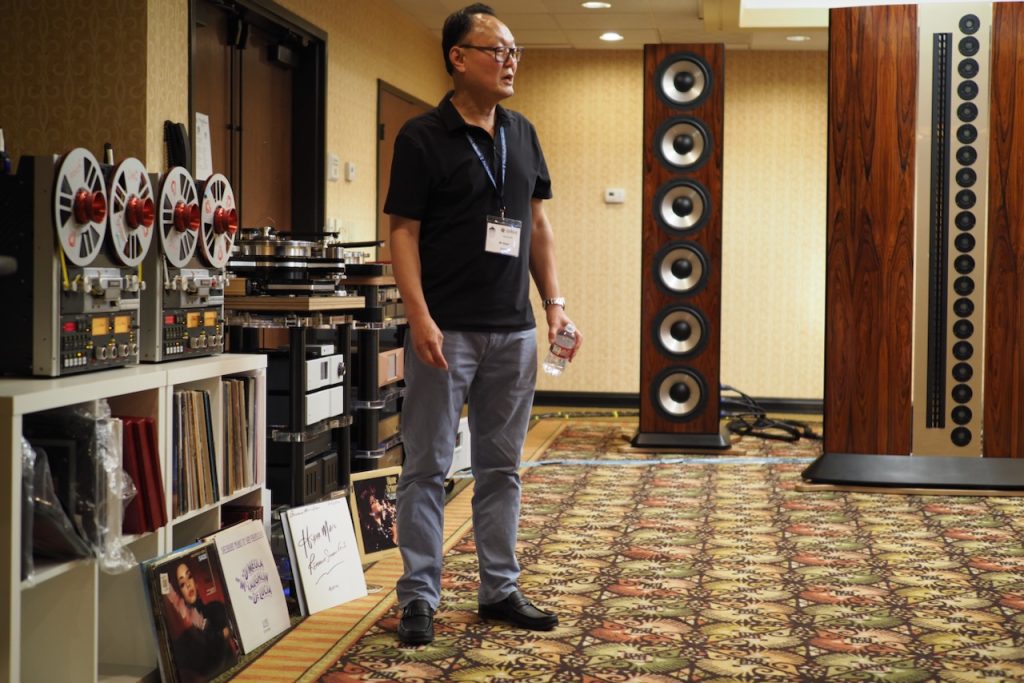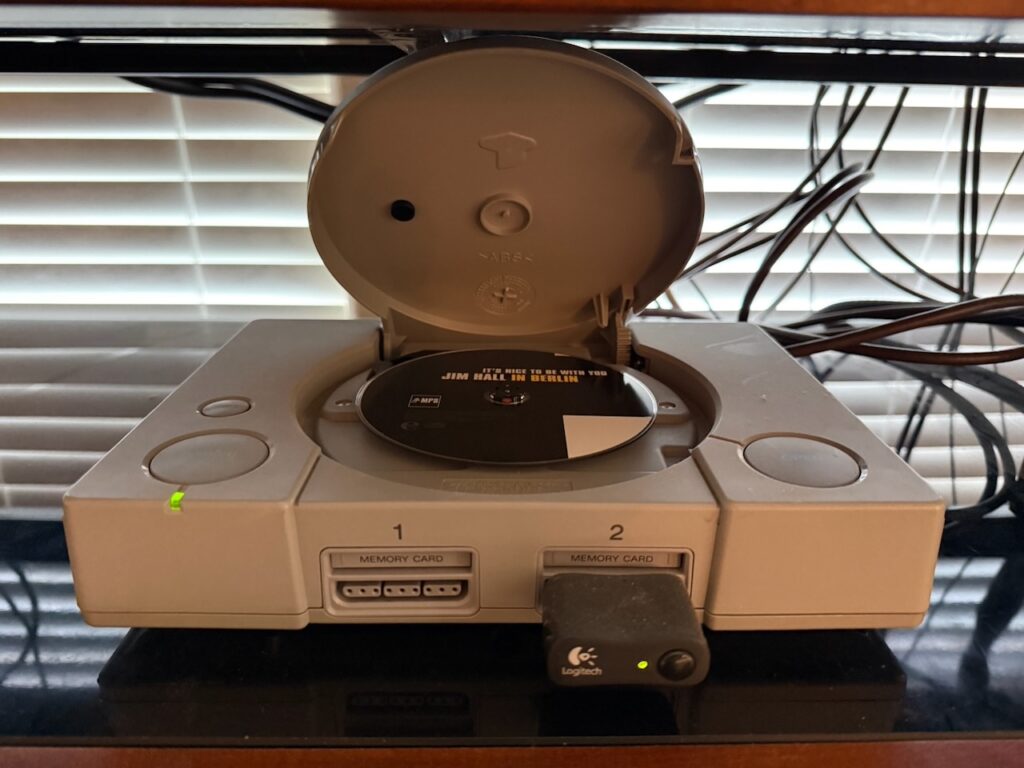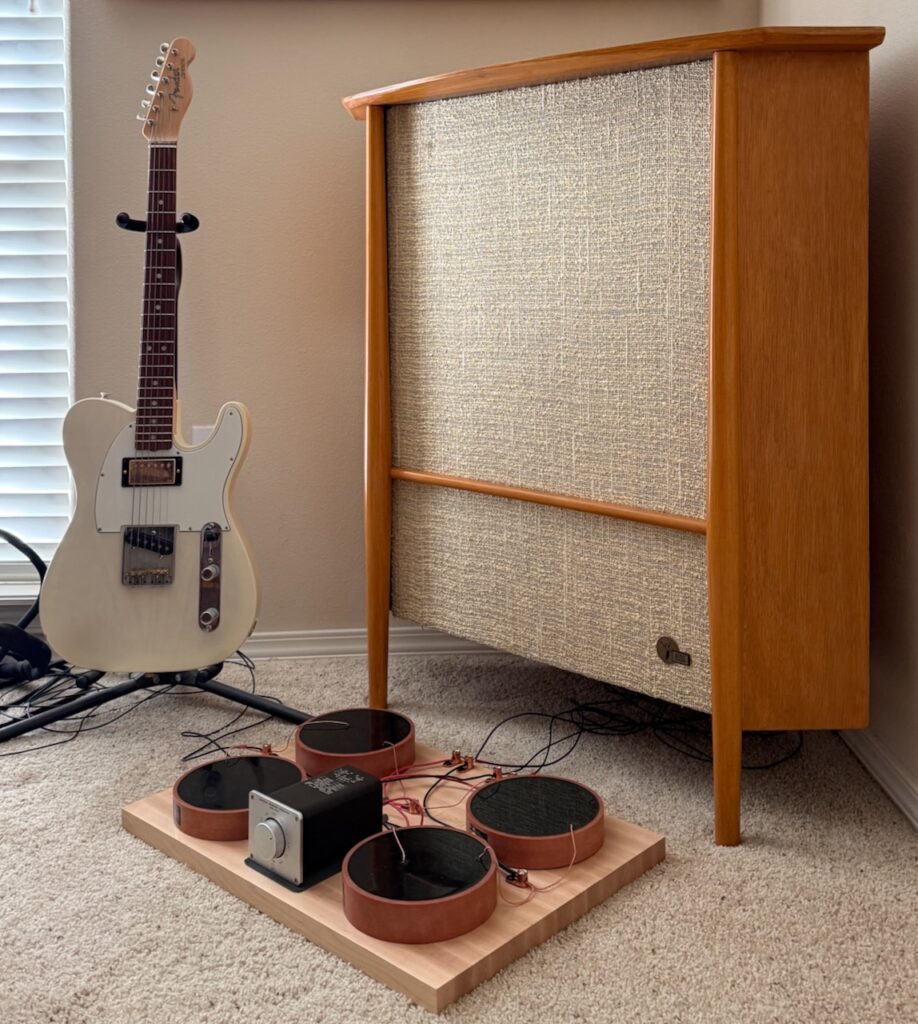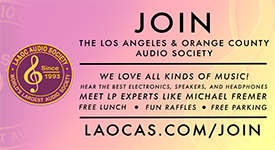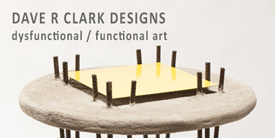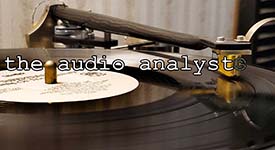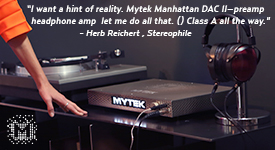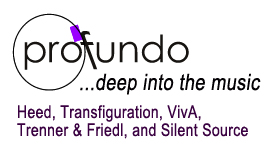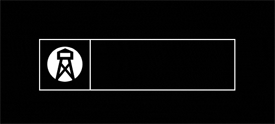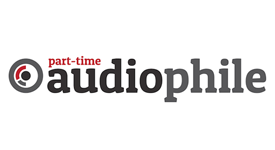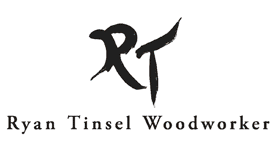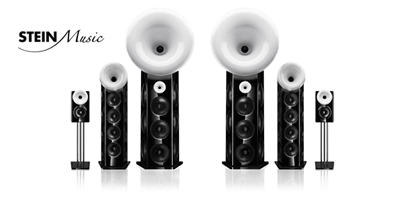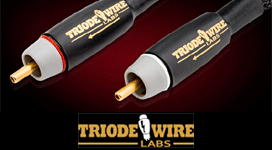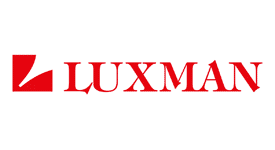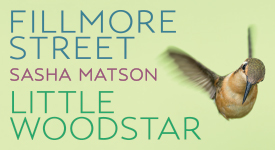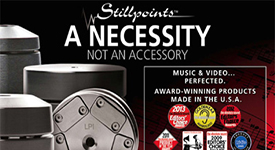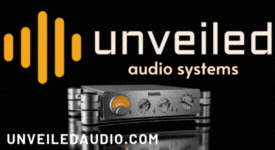Greetings friends, I hope you are well!
In my music and audio life, I find myself in a charmed place at the moment. Each of my four audio/audio-visual systems is really enchanting me with their lofty levels of musical and audio performance, and importantly, their intense levels of emotional engagement.
It's a good place to be!
At the moment, two of my audio systems are set up around analog sources (mostly), and two around digital sources (mostly).
One of my audio systems is set up in the traditional North American audiophile-style of "rule of thirds/fifths" sort of loudspeakers placement, with loudspeakers positioned out into the room to maximize visuospatial properties (soundstage and imaging), and three of my audio systems are set up with loudspeakers in room boundary positions (i.e. room corners). They are all performing exceptionally well right now. Remarkably so.
Most of you who have been in this hobby for any length of time have had adventures with both analog and digital media, just like me.
On the analog side maybe you have been into vinyl. Or reel-to-reel tapes. On the digital side you probably started with CDs, and now there's high-resolution PCM and DSD transfers from master tapes to enjoy.
From a high-fidelity perspective, many of us audio nuts have been talking about the hierarchy of recording media performance these days.
There's sort of a consensus emerging that for now, the best analog master tapes are at the top of the high-fidelity, high-performance pyramid, with the highest resolution digital transfers from master tapes a very close second, then vinyl, then CDs.
Each of those audio paths have something to offer music and audio enthusiasts, and will appeal to different groups of enthusiasts for different reasons.
If cost is no object, having a music library full of high-fidelity master tapes and studio quality reel-to-reel (R2R) machines to play them back with might be the way to go.
For many people the price of building a library of music with master tapes and studio quality R2Rs is just too spendy to be practical (that's me).
There's also very knowledgable industry people in the recording and playback arts saying the best transfers of master tapes via high-resolution digital are indistinguishable from each other in terms of sound quality.
So the opportunity exists to build a music library of "master tapes" from digital transfers, and to play them back with high-resolution digital source components.
While that digital approach can be spendy too (although it doesn't have to be), it's generally much more accessible for most people than building a music library from masters on tape, and buying the pro R2R machines to play them back on.
Then there are enthusiasts like me who find that listening to only high-fidelity stereo magnetic era recordings to be much too limiting, musically speaking, as a good portion of the great musical performances in Planet Earth's recorded music canon were recorded in the acoustic and electric eras of recording, and were issued on 78rpm records.
So for those of us who consider the musical performances on 78 records to be an important part of our musical and audio diet, we have two options: the first being to set up dedicated turntables for playing back 78s, along with all the electronics needed for their widely varying equalization needs.
That approach proves to be difficult, as there are no sources for new 78 records. They've been out of production for over half a century, so there are only vintage 78s available, and even those are becoming hard to come by. That complicates building a satisfying library of great performances on 78s.
Fortunately, there are several specialist record labels that are transferring collections of 78 records to digital, and issuing them on CD.
As far as I know, those transfers from 78s are all at the Red Book standard, and high-resolution PCM or DSD files of those 78 collections are not available.
I hope that changes one of these days and high resolution PCM / DSD files become available.
I'd love to see Ward Marston (Marston Records), and others, offer high-resolution PCM and/or DSD transfers from 78 record collections, for example.
I thought I'd tell you the story about my own digital journey, using some of the more notable digital milestones that have emerged over time. A digital "there and back again" journey of sorts.
My digital journey begins with CDs. I'm fond of CDs as they contain most of the music I'm interested in that spans the acoustic, electrical, magnetic, and digital eras of recording.
CD players are important to me. I wouldn't want to be without one.
Remember this? It is the original Sony PlayStation SCPH-1001 (PS-1).
Back during the Jurassic period, when nearly all digital playback sucked big time, Keith Aschenbrenner (Auditorium 23) mentioned to me that at audio shows he was using a PS-1 when playing CDs, and getting decent results.
Keith is one of those guys who really knows good music playback when he encounters it, so that got my attention. I was intrigued and bought a PS-1 to listen to, and it sounded good. Not great, not like vinyl or master tapes, but good, particularly for that period of time.
I wrote about my experiences listening to music with the PS-1 and inadvertently created a frenzy of fun around it. Enthusiasts began to engage in all sorts of enthusiast DIY hot-rod projects to elevate the PS-1’s performance even further. I actually had a Business Insider columnist write me about that renewed interest in the PS-1 as part of a larger article he was putting together about trends in digital media.
Cool trivia bit that Frederik Carøe shared with me: "PS - Duelund trivia. Founders of Duelund met as teenagers working at the PlayStation Hotline in the 1990s."
Duelund Coherent Audio's Frederik Carøe and Magnus Franch Pedersen wouldn't have come to be friends, and then started Duelund Coherent Audio, without the PlayStation's influence in their lives. That's pretty cool!
So even after it faded from view in enthusiast audio, the humble PlayStation still has a rather interesting and important place in the annals of audio history, thanks to Keith Aschenbrenner, Frederik Carøe, and Magnus Franch Pedersen.
After a while, I sort of lost interest in CDs. The sound quality and music playing ability fell too far short of vinyl. My PS-1 went into storage, while my large CD collection was collecting dust.
Now my PS-1 is part of my "digital audio museum," representing an interesting and somewhat unusual point in the history of digital playback.
It has probably been more than a decade since I've listening to my PS-1, so I decided to get it out and give it a listen in my Duelund-Altec Corona 832A based system that has so enchanted me of late.
If you want to read more about my Duelund-Altec Corona 832A-based system, check out the feature article about it at Positive Feedback HERE. It's decidedly unconventional, and absolutely delicious.
The Duelund-Corona 832A loudspeakers have reset my expectations about what is possible in the realm of musical / emotional engagement for loudspeakers, and in terms of musical realism. They have swept me off my feet in waves of musical ecstasy.
If you haven't read that article yet, here's a quick overview of the system for you.
Frederik Carøe and I collaborated on the Duelund-Corona 832A Project, and we built a set of superb ultra-fi adjustable Duelund CAST copper crossovers to replace the tired vintage Altec N800E crossovers of my beloved vintage Altec Corona 832A loudspeakers.
We followed the same circuit layout as the Altec N800E, but we used Frederik's state-of-the-art copper Duelund CAST inductors and capacitors in the high and low-frequency circuits, and we eliminated the N800E's adjustable high-frequency resistance networks, and replaced them with vintage Luxman AS-10 transformer-based constant impedance attenuators.
The project turned out exceptionally well, actually breathtakingly well, and those Corona 832A loudspeakers are now performing at a level that is truly extraordinary. I love them!
The Corona 832As were designed close to 70 years ago now, and were intended to be placed in room corners.
As far as I know the Corona 832As were history's first loudspeakers designed specifically for room boundary positioning.
To power the system, I'm using the Leben CS-300F integrated amplifier, which turned out to be a match made in heaven for my Duelund-Corona 832A loudspeakers-based audio system. I've never heard the Leben sound so incredibly good as it does in this audio context, where the Duelund CAST crossovers have allowed its full performance level to emerge through the Altec Corona 832A loudspeakers.
The combination is capable of performing at such a lofty level of musicality and sound quality that I marvel each time I listen to it. I'll just sit there listening, shaking my head, thinking, “How is this happening? How is this possible?”
This audio system sounds incredibly good by any measure. Another cool aspect is that one could duplicate this entire system for around $20K, which is a remarkable value for this lofty level of performance.
This is my "Real Sound" system, as Yazaki-san would say, with 16-gauge tinned-copper wiring in the crossovers (a mix of Duelund and vintage Western Electric), Duelund 600V 16-gauge tinned-copper wire for speaker cables, and Belden 8402 tinned-copper microphone cable for interconnects.
I wondered how my impressions of digital sources from way back when would hold up to what I'm hearing in my audio systems these days from digital sources.
My frame of reference for what good performance is all about has shifted over time, so I thought I'd better go over that for you, so bear with me for a moment as I describe what I listen for in terms of performance.
First of all, one has to recognize that recordings are essentially all imperfect in terms of fidelity to the original musical performance, but some are much better than others.
For example, recorded fidelity generally increases as one progresses through the acoustic, electrical, monaural magnetic, and stereo magnetic eras of the recording arts. Within each of those eras, some recordings are better than others, with the best of the stereo magnetic era recordings considered by many to be the high point in the fidelity of recordings.
I left out the digital era of recording that we are now in, because for the most part, its seems the best digital recordings were at least a step or two backwards from the best recordings of the stereo magnetic era of recording. That may change in the future as digital recording continues to improve, and it may better magnetic recording at some point.
So there is a fair amount of variance in the fidelity of the recordings compared to the musical performances they documented, the amount of care applied during mastering, and how well they are transferred to the media that is available to us as enthusiasts in terms of being on reel-to-reel tape, high-resolution digital formats, vinyl, or CD.
The degree of the fidelity that went into a recording is not something we have control of, that's the realm of the recording arts. What we have control of is the ability of our source component to play back our album in the highest-fidelity possible for any particular recording.
Please click on the link below to go to the next page.

